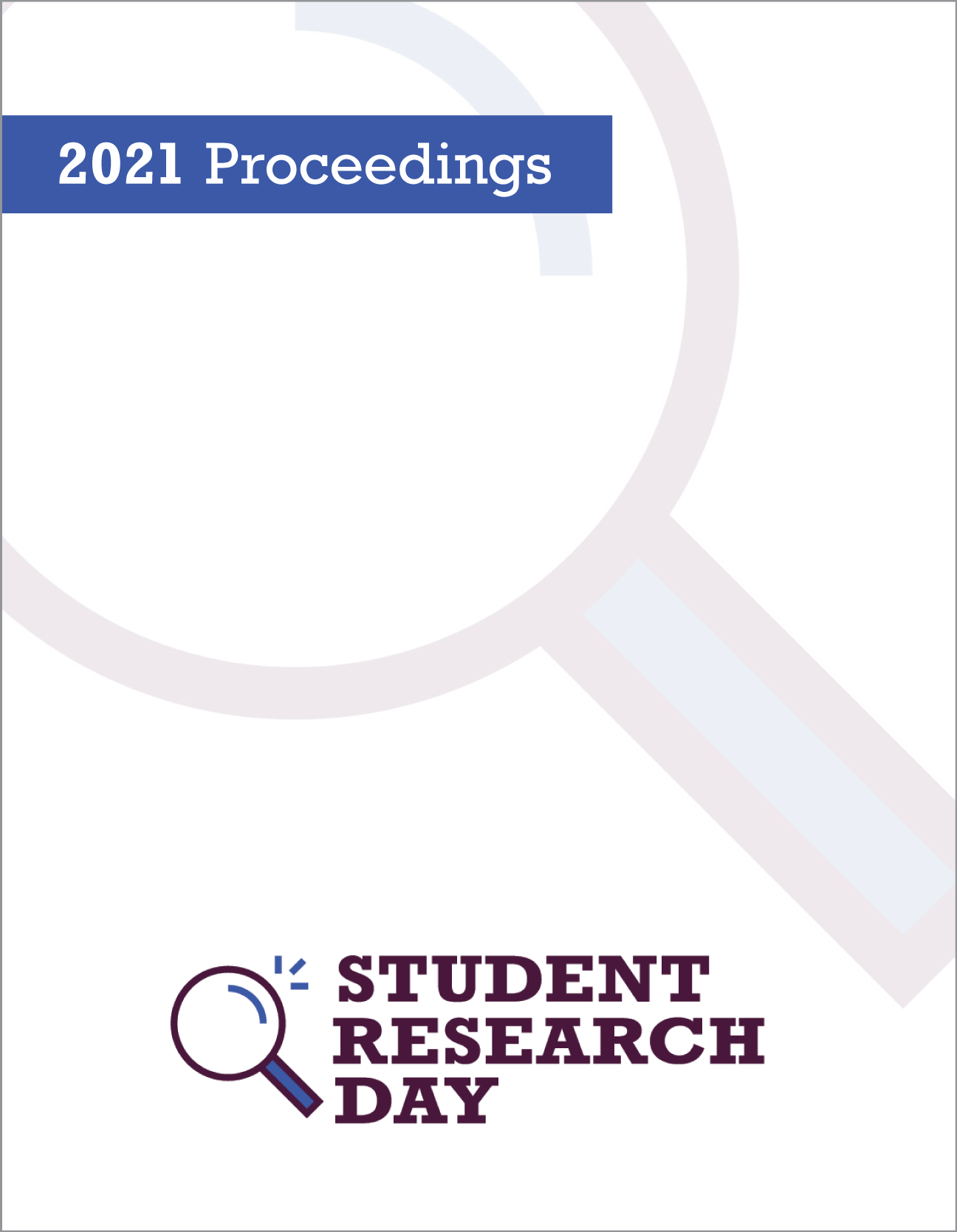Isolation of Microsatellites from Cypripedium passerinum by FIASCO
Abstract
With the current rate of biodiversity loss in plants, it is essential to develop and combine in situ and ex situ methods for an integrated approach to plant conservation. Central to integrated conservation approaches is the necessity for assessing genetic diversity within the threatened population. Among the tools available to assess genetic diversity is microsatellite analysis. Microsatellites are variable number tandem repeats, or short repetitive sequences, that are useful due to their abundance within the genome, high mutation rate, and high levels of polymorphism. This project aimed to develop microsatellite markers for the vulnerable orchid, Cypripedium passerinum, for the purpose of assessing genetic diversity in populations within the Wagner Natural Area, Alberta, Canada. Fast Isolation by AFLP of Sequences Containing Repeats (FIASCO) was used to generate an (AC)n microsatellite enriched library from DNA samples of C. passerinum. A total of 84 clones from this library were isolated for sequence analysis to identify inherent microsatellite sequences. Primers designed to amplify the identified microsatellite sequences will be useful tools in assessing the genetic diversity of C. passerinum populations and can be applied to closely related species such as C. pubescens. Such genetic diversity assessment will inform conservation efforts of this threatened terrestrial orchid species.
Department: Biology
Faculty Mentor: Dr. David McFadyen
Published
Issue
Section
License
Authors retain any and all existing copyright to works contributed to these proceedings.



